For me, nothing beats a crisp fall day in the woods cutting firewood. And few things ruin the experience like a chainsaw that won’t start or run properly. Spend any time working with chainsaws and you’re bound to run into chainsaw starting problems.
I own two saws and cut several cords of firewood each year. In my experience, here are the top reasons your chainsaw won’t start and how to solve them.
Top chainsaw starting problems
#1 Dirty carburetor
This is easily the top culprit. In fact, anytime I run into a chainsaw, string trimmer, lawn mower or other small engine that won’t start, is hard to start or runs poorly, I suspect a dirty carburetor first – and it’s usually the case.
Gasoline begins to break down in as few as 30 days. Oxygen chemically reacts with the molecules in gasoline and causes them to break down (called oxidation). Once gasoline oxidizes, varnish, gums and other insoluble debris form, which can plug the tiny fuel passages in a chainsaw carburetor. It doesn’t take much to interfere with proper fuel flow, causing chainsaw starting problems or rough running once you get it going.
Fix the problem by removing the air filter and shooting some carburetor cleaner into the intake. If the saw starts but runs rough, this may be sufficient to clean any debris and restore operation.
In my experience, however, you typically end up removing the carburetor from the engine and cleaning it thoroughly.
While intimidating to a beginner, anyone with a few basic tools and some DIY resolve can do this. Just take pictures on your phone along the way to remember how to reassemble the carburetor. A good YouTube video is also indispensable for this task.
Once disassembled, spray carburetor cleaner into all the openings and give everything a good cleaning. This is also the perfect time to check the carburetor settings and adjust them to factory settings. Check the owner’s manual for that information.
After installing the carburetor, don’t be surprised if the saw fires up on the first or second pull.
#2 Bad gasoline
This is often the cause of problem #1 on this list. If the gas is more than a month old, dump it out and replace it with fresh gasoline.
You can avoid this problem by stabilizing your gasoline. Stabilizer slows the chemical reaction that causes gasoline to break down. I stabilize the gasoline in my 5-gallon container at each fill up so I never have to worry about gasoline going bad and causing chainsaw starting problems.
As a bonus, AMSOIL SABER® Professional Synthetic 2-Stroke Oil comes with stabilizer already added, so when you mix a batch of fuel, you can be confident it won’t go bad too quickly.
#3 Plugged fuel filter
This, too, marches in lockstep with gasoline condition. Varnish and gums in the tank can plug the fuel filter and restrict flow.
Sawdust, dirt and other debris can end up in the tank if you’re a little too careless when you fill the gas tank. I’ll be honest – I’ve removed the gas cap before and dropped it on the ground where it picked up all kinds of junk that probably wound up inside the gas tank.
Set the cap aside in a clean place or at least wipe it off before threading it back onto the tank when you fuel the saw.
#4 No spark
A spark plug in a properly running saw should last for years. But they can form deposits on the electrode, particularly if the saw burns low-quality two-stroke oil.
Pull the plug and inspect condition. Clean the electrode with light sandpaper and check the gap. Ensure it’s at the factory setting, which should be included in the owner’s manual.
To check for spark, remove the plug from the engine. With the plug wire attached, hold the plug against the cylinder head and slowly pull the recoil. You should see a strong blue spark. If not, replace the plug.
If the plug is good but you still have no spark, check that the plug wire is intact. One of my saws recently failed to start after having run great the previous time I used it. A little investigation revealed the plug wire had broken.
If the wire is fine, it’s likely the coil is bad and requires replacement.
#5 Clogged spark-arrestor screen
Engines require air to operate. If they don’t get enough air, they’ll bog down or quit altogether.
Using a low-quality oil or running the saw too rich can create excess oil deposits that clog the spark-arrestor screen and choke off airflow. This results in chainsaw starting problems or rough running once it’s started.
Remove the screen and clean it with a wire brush.
To help prevent the problem, use a high-quality synthetic oil that burns cleanly. It also helps to run the saw on a leaner mix ratio.
We designed AMSOIL SABER® Professional Synthetic 2-Stroke Oil for just this scenario. It not only burns cleanly to fight deposits, you can safely use it at any mix ratio up to 100:1. In fact, equipment using SABER Professional was 96% carbon-free in testing.
#6 Plugged air filter
A clogged air filter can be just as problematic as a clogged spark-arrestor screen.
The same principle applies – no airflow, no operation. Remove the air filter and clean it with compressed air directed from the inside of the filter out. Tap it on a work bench to loosen deposits.
If it’s in bad shape, replace it; the air filter is your only defense against sawdust and other debris entering the engine and causing wear. They’re much less expensive than a new saw.
In my experience, these are the top reasons for chainsaw starting problems. Maintain your saws by stabilizing the fuel, using high-quality two-stroke oil and cleaning the air filter and spark plug frequently. Do that and they’ll start right up and run properly when it’s time to cut wood.


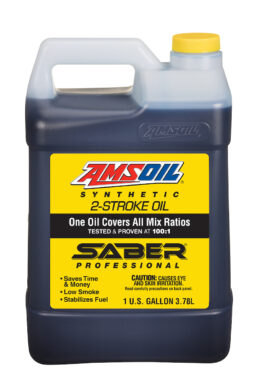

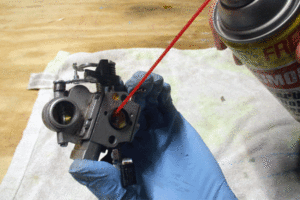
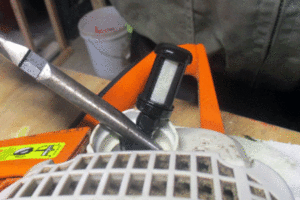

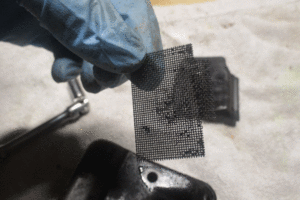
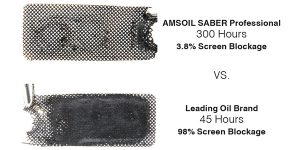
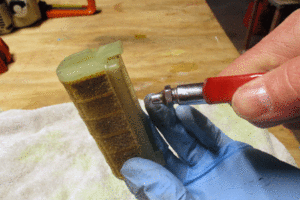


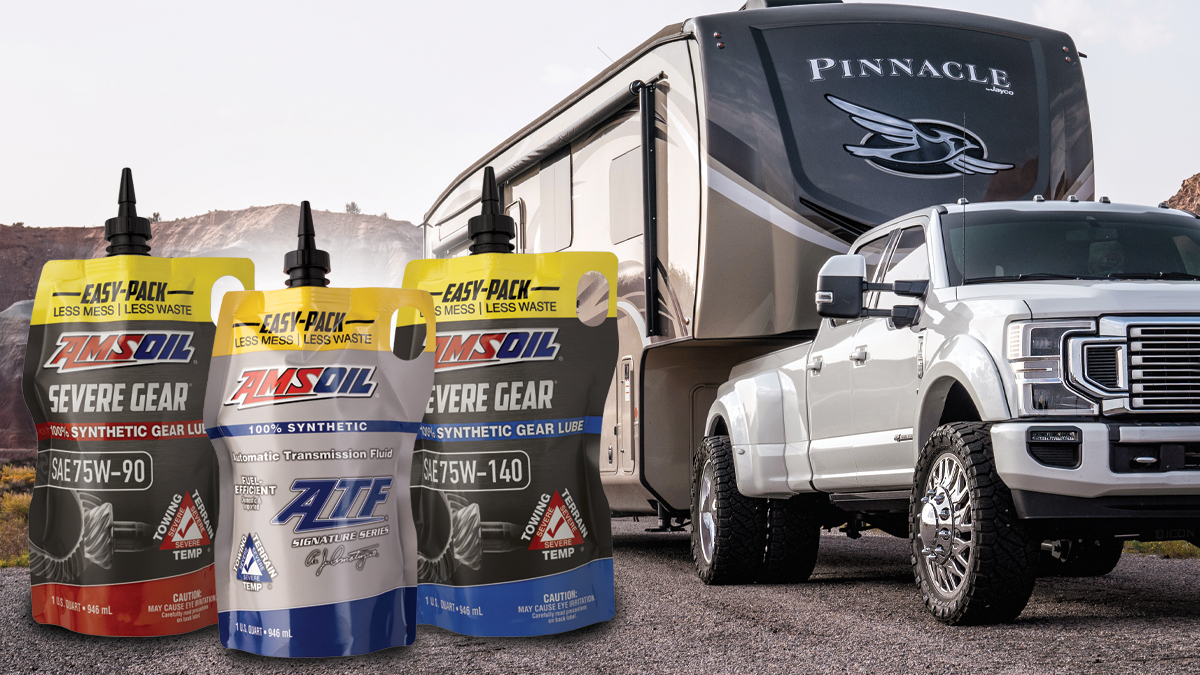

Comments
AMSOIL Technical Writer and avid avid DIYer with 12 years in the synthetic lubricants industry, who enjoys making technical topics in the automotive, powersports and industrial markets easy to understand.
Share: